The question, "How long does a tire last?" tends to be followed by several others like, “What causes a tire to wear? When should tires be replaced? What can be done to make tires last longer?” Fortunately, we can help provide clarity around these questions.
There is no exact answer to how long a particular tire will last, but there are things a driver can do to get the most out of their tire investment and avoid driving on unsafe tires. On average, people drive between 12,000 to 15,000 miles a year, which means the average good quality all-season tire will last somewhere between three and five years, depending on maintenance, driving style and conditions, etc.
The National Highway Traffic Safety Association (NHTSA) states a driver is three times more likely to be involved in a crash caused by poor tire condition. Safer is smarter when it comes to the health of tires, so if there is ever a question on tread wear or age, have the tires checked.
Multiple factors play a role in how long a tire may remain in service. Miles driven, road conditions, driving style, maintenance and age all affect how long a tire lasts.
Worn vs. Aged
Tires naturally wear the more they are driven and worn out tires provide reduced traction compared to those with adequate tread, especially in adverse weather conditions. Most drivers understand worn out tires (remaining tread depth at or below 2/32”) should be removed from service.
Many drivers are not aware that minimally used tires, like the ones on recreational vehicles, collectible cars, or even spare tires, tend to experience aging instead of wearing, due to a lack of driving. An aged tire has a substantial amount of tread; however, the structural integrity of the tire is weaker because the tire needs to be driven for the chemicals in the rubber to remain effective.
Curbs, Potholes, and Other Hazards
Hitting curbs or driving on roads in poor condition (potholes, broken pavement, poorly graded railroad crossings, unpaved roads, etc.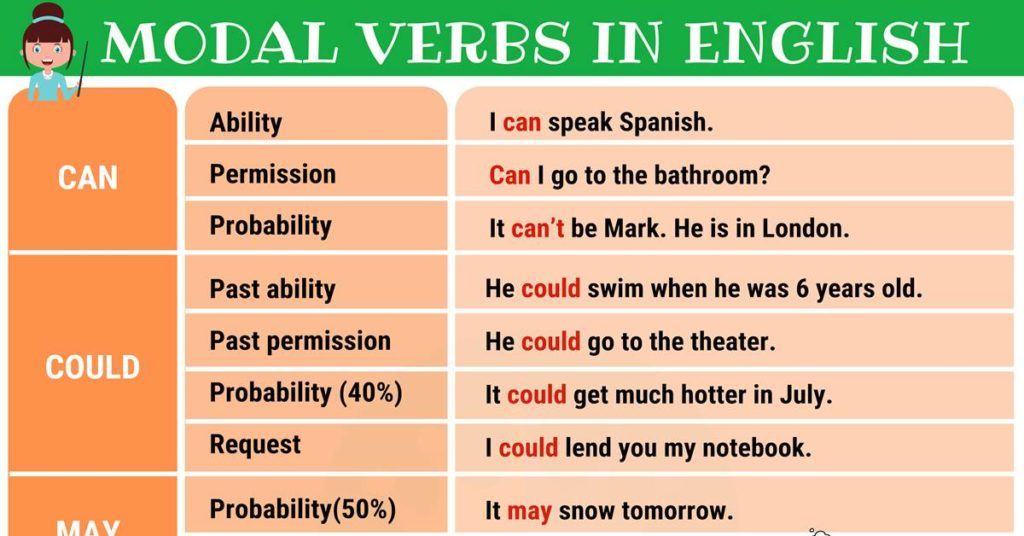 ) can cause misalignment, and suspension damage that affects tire wear. If your daily drive includes these challenges, be sure to schedule annual suspension, alignment and tire checks.
) can cause misalignment, and suspension damage that affects tire wear. If your daily drive includes these challenges, be sure to schedule annual suspension, alignment and tire checks.
Weather Conditions
Driving in poor weather conditions like ice, snow, and rain can cause tires to wear quicker because they must work harder to maintain traction. Purchasing tires that are specially engineered to perform in specific weather conditions can provide drivers with an extra measure of traction and control (meaning greater safety) while delivering good treadwear.
Bridgestone offers different types of tires designed to keep you and your car safe during any weather or road condition. For example, Bridgestone's Blizzak tire series is built to perform in harsh winter weather conditions providing durable traction on snowy and icy roads, and the Dueler tire series is one of several that offer a secure grip on wet road conditions for areas that experience heavy rain.
Poor Driving Habits
Poor driving habits like hard cornering, quick acceleration, and sudden braking can increase the stress on tires tremendously, causing them to wear rapidly.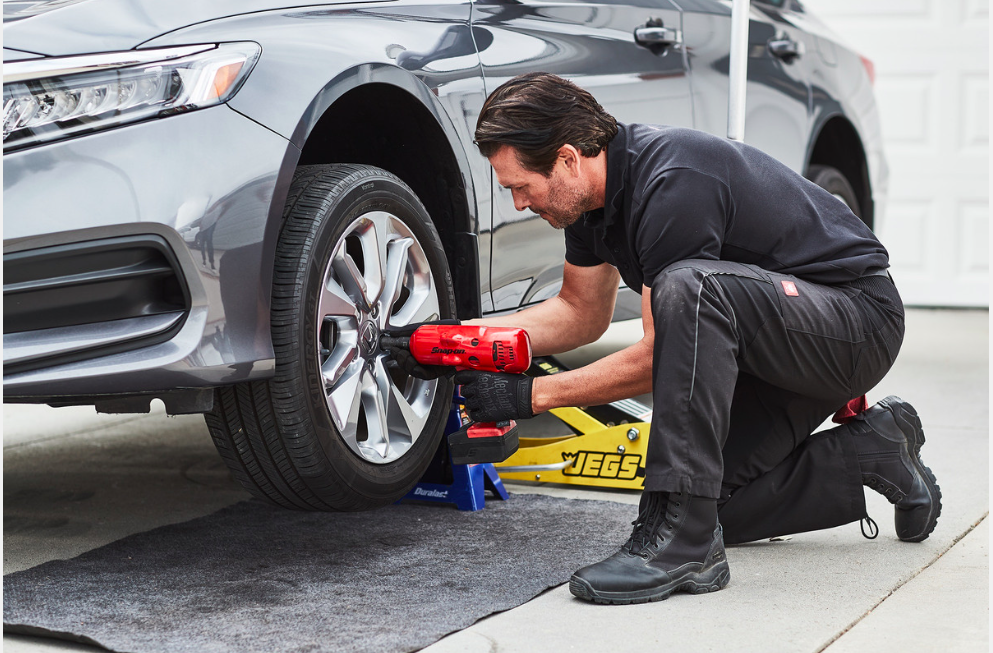 Drivers can extend the life of their tires significantly by avoiding aggressive driving.
Drivers can extend the life of their tires significantly by avoiding aggressive driving.
Neglected Maintenance
It is important to regularly have tires checked for damage, to maintain air pressure levels, and to keep tires aligned and rotated. Without proper maintenance, tire life can be reduced by as much as half - even more, in some cases.
If the below signs are evident with your tires, it may be time to have them replaced.
Low Tread Depth
Tread loss is a significant sign a tire needs to be replaced. Low tread is a sign driver can physically see happening on their tire. Depending on the part of the tire that is wearing, there may be other problems with the vehicle.
Pronounced inner or outer shoulder wear: tires are misaligned
Edge of the shoulder wear: tires are under-inflated, need to be rotated or both.
Center wear: tires may be overinflated or have been subjected to extremely hard acceleration.
Cupped wear: the vehicle is experiencing suspension problems
All tires have tread wear indicators built-in, but if the tread looks low take time to do the penny test on the tires.
Rough Drive
If you’re experiencing a vibration (particularly if it just started), or high (and increasing) levels of tire noise it may be a sign your tires are out of balance, not wearing properly or have a structural issue. In some cases, this may affect safety, so have your tires checked by a qualified professional asap.
DOT Number
The U.S. Department of Transportation (DOT) number on the tire’s sidewall is another way to help keep track of when they need to be replaced. It’s easy to identify - look for the letters “DOT” followed by eleven or twelve letters and numbers. On tires made after the year 2000 the final four digits signify the week and year of manufacture. So, a tire with “3618” would have been made in the 36th week or 2018. A tire that has a 3-digit week-and-year code means the tire was made before the year 2000 and should be replaced due to age.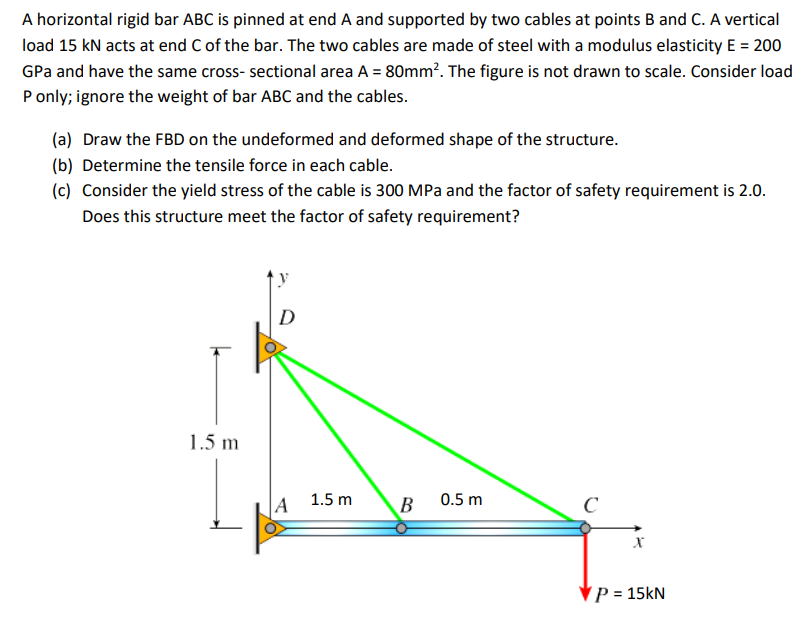
Bridgestone recommends that its Bridgestone or Firestone brand tires be removed from service after ten years regardless of their remaining tread depth. They also recommend periodic inspections by a qualified technician for damage such as punctures, impact damage, signs of improper inflation or overloading, or other conditions resulting from the use or misuse of the tire.
Tires are both one of the largest maintenance expenses a vehicle owner is likely to face, and one of the most critical in terms of driving safety and performance. For both reasons it’s important to care for them properly. Bottom line: good maintenance and driving habits help keep drivers safe, and it saves them money by extending tire life.
Easy Does It
Tire life can be reduced by as much as half when they’re subjected to a lot of hard braking and aggressive acceleration from a standstill. Avoiding tailgating to reduce the need for frequent hard braking will increase tire life.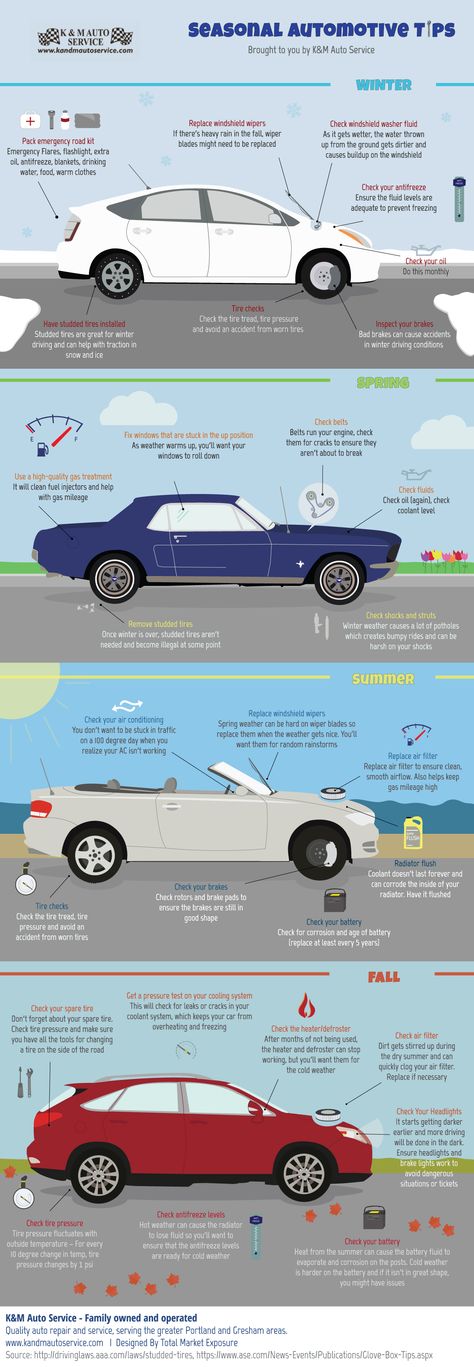 Easing into the throttle when pulling away from a stop reduces strain on the tires and improves wear. Slowing before sharp corners also reduces stress on tires, as does avoiding potholes and broken pavement when possible. If you’re interested in spending less on tires, following these steps can help.
Easing into the throttle when pulling away from a stop reduces strain on the tires and improves wear. Slowing before sharp corners also reduces stress on tires, as does avoiding potholes and broken pavement when possible. If you’re interested in spending less on tires, following these steps can help.
Regular Maintenance
Another way to extend tire life is to keep up with the proper maintenance of a vehicle and its tires. A couple of things you can do yourself are to check the air pressure and tread depth. You should have a qualified technician periodically check their balance and alignment and be sure to have tires rotated at regular intervals. maintenance is essential for your tires to perform their best and last their longest.
Do you know when to replace your tires? The good news is gauging the health of your tires isn’t as complicated as you might think. In most cases, figuring out when it’s time for a tire replacement only requires a quick look with a keen eye and maybe the help of a copper penny. You need to know what portions of the tires to look at and what the key tire replacment indicators are. In this guide, we will provide you with all the knowledge you need to accurately assess your tires, determine if they need to be replaced and when, as well as some tips for picking new ones!
You need to know what portions of the tires to look at and what the key tire replacment indicators are. In this guide, we will provide you with all the knowledge you need to accurately assess your tires, determine if they need to be replaced and when, as well as some tips for picking new ones!
Here are the three key concerns related to tire replacement:
In this tire replacement guide, we’ll answer these questions and beyond so that you can feel confident you’re replacing your tires with the best choices for your driving needs, local climate and vehicle safety.
The most common question people ask is “How often should you replace your tires?“
Generally, there are two different factors that impact when to replace tires: wear and age.
Tire Wear: All tires eventually begin to experience wear. How the tire wears can be a indication of an issue with your alignment or tire pressure. Tire tread should wear evenly across the whole tire rather than on the inside or outside of the tire. The wear on your tires will happen regardless of how good of a driver you are, although it can be accelerated if you don’t take proper care of the tires.
Tire Age: Tire aging occurs when components of the tire, including the rubber, begin to change over time. This can happen due to environmental impacts and storage conditions, as well as the amount of usage the tire sees when being driven, or the tire sitting with no use.
Image Source: FIHSMV
Of course, unless you’re a tire expert, it can be difficult to know exactly when tire wear and age indicate that a tire is no longer safe to drive and needs to be replaced. If you’re wondering, “How do I know when my tires expire? “ A better question is “How old are my tires and when should I change them?” To answer that question, it’s time to learn how to read your tires!
Every tire has an indication that states when it was made, down to the week and year. This can help you answer the question: how often you should change your tires – even if you’re not an expert on the subject.
This can help you answer the question: how often you should change your tires – even if you’re not an expert on the subject.
Industry standards say you should replace passenger and truck/SUV tires on average at 6 years and before 10 years of age. The timing depends greatly on how the tires have been used and the weather extremes it has been subjected to. How a vehicle has been stored can also impact when a tire needs to be replaced. If your tire passes the penny test, and a visual inspection does not show any cracks or damage, but the tire is 6-10 years old, the wisest course of action is to have them inspected by a tire shop to determine if you need to consider replacing them.
Knowing how often to replace tires isn’t just about taking good care of your vehicle and preventing expensive mistakes. Tires are an extremely important part of your vehicle’s safety.
Worn or old tires can lead to a variety of problems, including:
Additionally, uneven wheel alignments and balance problems will not only cause irregular and premature tire wear, they can cause expensive problems for your vehicle, leaving you dealing with a hefty car repair bill in the future.
Each year, roughly 11,000 tire-related wrecks occur on the road. Don’t blow off tire maintenance as something only “car people” do. Every driver on the road should are about the health and safety of their passengers and vehicles.
Many people ask “How long do tires last on average?“
The problem is, there’s not a set answer to that question – due to the variety of factors that can lead to a necessary tire replacement. These factors include:
Every driver faces different conditions and cares for their cars differently.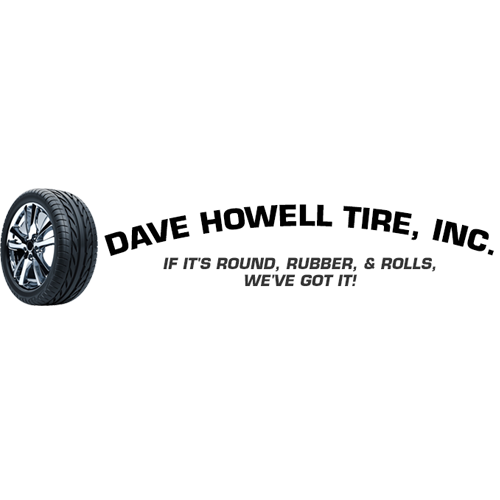 The bottom line is that you need to be aware of your own driving habits, environment, and tires to ensure you’re replacing your tires when necessary.
The bottom line is that you need to be aware of your own driving habits, environment, and tires to ensure you’re replacing your tires when necessary.
The following tips will show you how to tell if tires are worn and need to be replaced soon. Although it is always best to seek professional help with tires, these signs will indicate that you should begin researching new tires for your car.
 Any tires with sidewall bulges or bubbles should be replaced immediately, even if the tread status is acceptable.
Any tires with sidewall bulges or bubbles should be replaced immediately, even if the tread status is acceptable.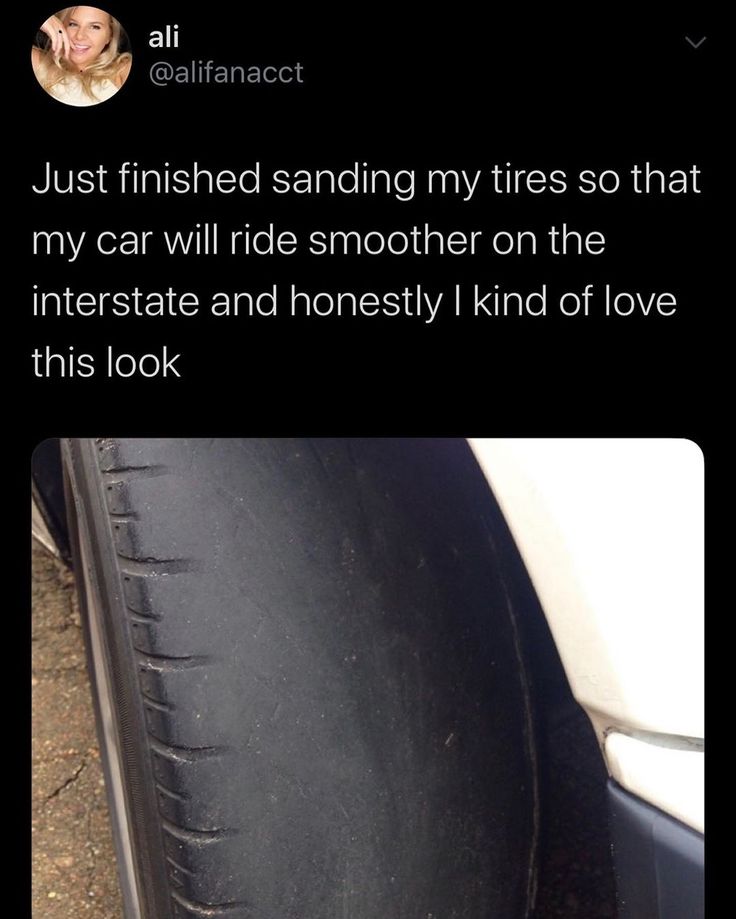 Obviously, if something is lodged in the tire, the issue needs to be addressed immediately. Even if the hole isn’t causing excessive leaking, ignoring a hole from something like a nail can lead to problems for the driver later on. Moisture can leak into the tire, causing the steel parts to rust. Lodged items can weaken the area of the tire and possibly lead to dangerous blowouts if not dealt with in a timely manner.
Obviously, if something is lodged in the tire, the issue needs to be addressed immediately. Even if the hole isn’t causing excessive leaking, ignoring a hole from something like a nail can lead to problems for the driver later on. Moisture can leak into the tire, causing the steel parts to rust. Lodged items can weaken the area of the tire and possibly lead to dangerous blowouts if not dealt with in a timely manner.After you have figured out when to change tires, you’ll find that selecting replacement tires a bit of a process. You’ll need to start by assessing your driving habits, the types of terrain and seasons you will be driving in, to determine what you need in a tire. You should also evaluate how well you feel your current tires performed in longevity, handling, ride, noise and any other category you have noticed.
You’ll need to start by assessing your driving habits, the types of terrain and seasons you will be driving in, to determine what you need in a tire. You should also evaluate how well you feel your current tires performed in longevity, handling, ride, noise and any other category you have noticed.
After that, you’ll be able to match your driving style to the perfect tire type. To help jumpstart your research, here are a handful of the most popular tire categories, seasonal applications, and the features that make them great fits for particular drivers’ needs.

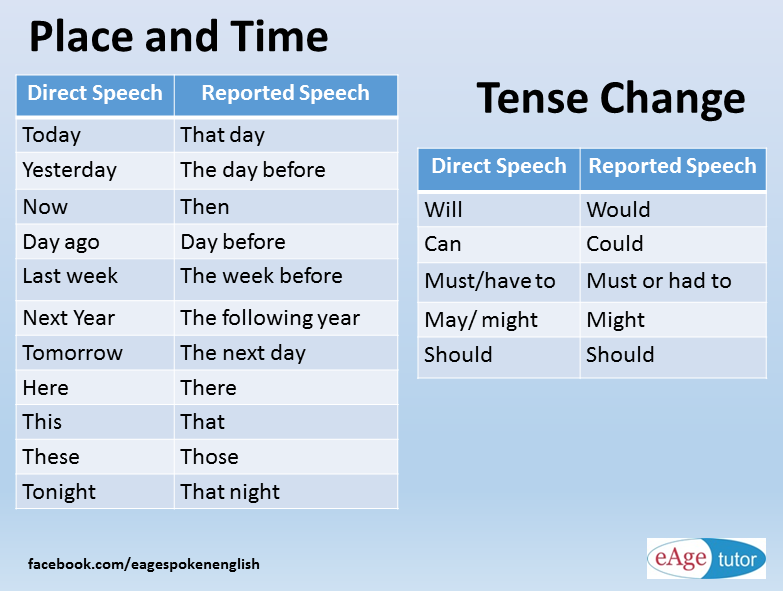 They can be driven in both the summertime and the wintertime.
They can be driven in both the summertime and the wintertime.Before you decide which tire you need, think about what kind of driving you do. If you drive primarily on the highway and city streets, you may need a highway or touring tire. On the other hand, if you typically drive on back roads AND need on-pavement capability, an all-terrain might be your best bet.
If you drive primarily on the highway and city streets, you may need a highway or touring tire. On the other hand, if you typically drive on back roads AND need on-pavement capability, an all-terrain might be your best bet.
If you face severe winter weather during certain points of the year, you will likely need to upgrade to a tire that can handle those conditions.
First pick the category of the tire to fit your driving needs, then decide on the season that best suits the climate you live in.
The NHTSA has rated more than 2,400 tire lines. You can use the official NHTSA website to check out the details on specific tires.
The treadwear grade rates how well a tire compares to others in a specific test. A tire with a grade of 3000 wears three times as long as a tire that only has a grade of 100. However, you should keep in mind that different driving styles, road conditions, and levels of maintenance can also impact treadwear.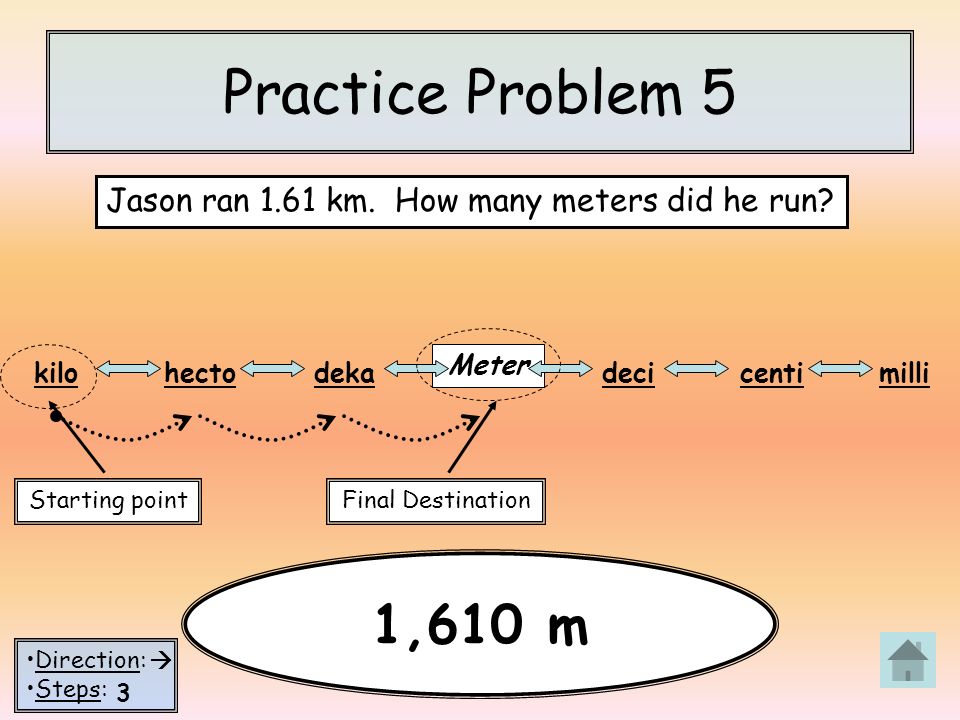
This refers to the tire’s ability to stop on different kinds of surfaces, including asphalt and concrete. AA is the best rating a tire can receive, followed by A, B, and then C.
The temperature rating indicates the tire’s resistance to heat. A is the highest rating, followed by B and then C.
Some people, in an effort to save money upfront on the tire replacement cost, turn to old (used) tires as replacements. However, this can be a risky strategy, even if it does save money initially.
Here are some of the issues you can face when buying second-hand tires as replacements.
Last but not least, people generally don’t pay attention to their spares as they decide when to get tires replaced. Because the spare isn’t used much, people assume that it doesn’t experience wear or tear and that it doesn’t need to be replaced.
Because the spare isn’t used much, people assume that it doesn’t experience wear or tear and that it doesn’t need to be replaced.
However, even spare tires need to be replaced after a certain amount of time. Be sure to check the date of production on the spare before deciding not to replace it. If you’re not sure how to check the date of your tire, refer to our post on DOT Date Code.
Don’t forget to pay attention to visible kinds of age as well. Just because a tire hasn’t really been used doesn’t necessarily mean it stays protected from cracks or cuts, as well as other problems that come with age including:
Whether a tire has been driven or not, its lifespan can be affected by its storage condition and treatment. If you know you will be parking your vehicle for a period of time, it is a good idea to protect the tires from sun and freezing temperatures, move the vehicle periodically to prevent flat spots, and even jack the vehicle up safety to prevent damage. If you are storing winter or summer tires, it is best to store them in a cool, dry location away from sun and other weather elements.
If you are storing winter or summer tires, it is best to store them in a cool, dry location away from sun and other weather elements.
To sum things up, here’s a list of the most frequently asked questions, as well as some brief answers to steer you in the right direction when replacing your tires.
Although this answer does depend on a number of factors including the type of car, your driving style, etc., there is an average estimate for how often you should change your tire. In general, most vehicles travel about 15,000 miles per year, which equates to around 45,000 miles every three years. If you to take into account the tire mileage warranty and amount you drive over the course of a year (over 15k miles), this will give you a good indication of how often you will need to replace your tires.
This is a topic of much debate. However you will find most vehicles, regardless of if they are front wheel drive or all wheel drive, will wear the tires on the front more rapidly than the rear. The front tires are responsible for the steering, acceleration and braking, while the rear wheels typically just follow. Most vehicles also have most of their weight on the front of the vehicle, causing the front tires to handle more load than the back tires.Since the wear and tear on the front and back wheels can be different, the answer to which tires wear faster, is typically the front tires.
The front tires are responsible for the steering, acceleration and braking, while the rear wheels typically just follow. Most vehicles also have most of their weight on the front of the vehicle, causing the front tires to handle more load than the back tires.Since the wear and tear on the front and back wheels can be different, the answer to which tires wear faster, is typically the front tires.
All-wheel drive vehicles must have all four tires replaced at once. You don’t have the option to replace just two at a time.
Because tires wear unevenly front to back, regular rotations will allow you to get longer use out of your set of tires by wearing the tread more evenly. Front tires will wear the outside edges down more quickly, so rotation allows you to always have the most tread on the outside of the tire. Not rotating will result in one set of tires wearing and likely needing to be replaced sooner than the other set.
First things first: check your vehicle’s owner’s manual to see if it has a recommended rotation scheme.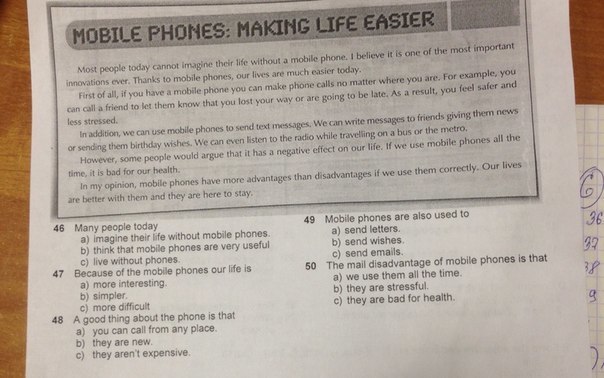 Tires should be rotated roughly every six months or every 6,000 to 8,000 miles. A good rule of thumb is to rotate the tires every other time you get an oil change.
Tires should be rotated roughly every six months or every 6,000 to 8,000 miles. A good rule of thumb is to rotate the tires every other time you get an oil change.
Placing a penny head into the grooves of your tire can help you determine if the tire needs to be replaced soon. If you can see the top of Lincoln’s head, your tires are likely shallow and worn. Use this as an indication of when you should have a tire professional examine the situation.
If you are replacing only one pair of the tires on your vehicle, these new tires will have a deeper tread depth. Be sure to install the new tires onto the rear axle for better control when driving on wet and winter roads.
Ideally, you need to replace two tires with matching new ones. However, the most important thing is to install tires with similar performance features. For example, you should never put two high-performance tires with two touring tires.
Generally, it’s smart to replace tires in pairs (both in the front or in the back). Although replacing all four at once is the easiest, if you need to save money, you can do one pair at a time. If you’re wondering “can I replace just one tire?“ the answer is typically no. The difference in tread depth and stance can throw off your vehicle’s performance.
Most tire sellers would likely recommend that you avoid mixing tires from different categories. They can be different brands, as long as the internal construction and size are the same – but pay close attention to the stance of the tires and be sure they are very closely matched
Nope! Just make sure that all of the tires are evenly matched and appropriate for your vehicle and your driving habits.
It’s difficult to give a firm answer to this question.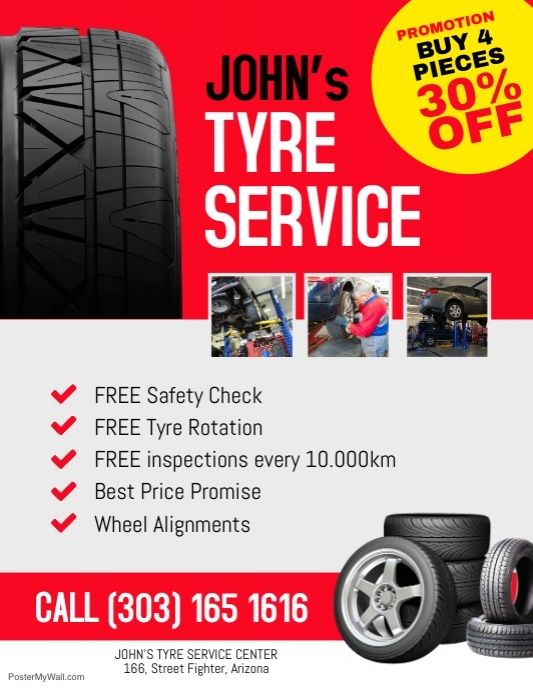 Generally, most tires typically last for three to five years. That’s when roughly 12,000 to 15,000 miles are put on the car annually.
Generally, most tires typically last for three to five years. That’s when roughly 12,000 to 15,000 miles are put on the car annually.
The best things to do to make your tires last as long as possible are:
Once you get your new tires installed, take it easy on the road for a while to break the tires in. New tires may feel different than the tires you replaced, since they are likely performing better than a worn tire, and have the latest technology.
Also, if you changed categories of tires, you might experience a big change in the feel of your drive. For example, switching from an highway to an all-terrain tire might change the roughness and noise of your drive, as well as your fuel consumption.
Deciding when to replace your tires is an important decision, both for the safety of your vehicle and that of others. Use the above guide to steer you in the right direction and help determine exactly when you should make the switch to brand new tires.
Additionally, deciding what to replace is important. You can increase (as well as decrease) the comfort, fuel efficiency, noise, tread wear, or other aspects based on the decisions you make with new tires.
Join Today For Free
Car tires - an elastic shell mounted on a disc rim. It is the tires that dampen the small vibrations that occur due to imperfect roads and compensate for the inconsistency in the trajectories of the wheels. The characteristics of tires affect: driving comfort, maneuverability and vehicle stability. However, even the highest quality rubber eventually deteriorates.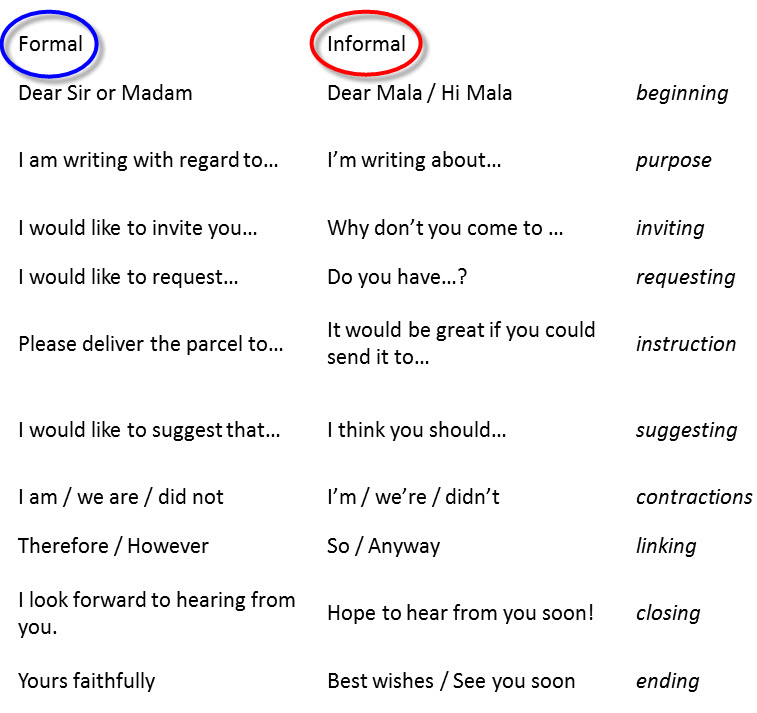 Therefore, every driver should know how to correctly determine the degree of tire wear in order to replace them in time. Car and truck tires have different periods of use, depending on both the initial characteristics of the products and the operating conditions.
Therefore, every driver should know how to correctly determine the degree of tire wear in order to replace them in time. Car and truck tires have different periods of use, depending on both the initial characteristics of the products and the operating conditions.
Tires wear out not only due to operational loads. They are characterized by natural aging, since the rubber compound from which the tires are made gradually loses its elasticity and resilience. The use of such rubber leads to a deterioration in vehicle controllability and creates dangerous conditions due to the high probability of tire rupture on the way.
In accordance with GOSTs 4754-97 and 5513-97, the warranty period for car tires is 5 years. Foreign manufacturers claim that the service life of tires is 5-10 years. There are no legislative acts obliging drivers to change tires after this period, but in order to create safe driving conditions, the driver must take into account the recommendations of GOST. Manufacturers usually set their own warranty periods.
Manufacturers usually set their own warranty periods.
Michelin, Bridgestone, Nokian, Continental, Dunlop, Pirelli, Yokohama:
| Brand | Warranty period declared by the manufacturer |
| Bridgestone | Tire dependent - 3-6 years |
| Nokian
| 5 years |
| Continental | 10 years old |
| Dunlop | Tire dependent |
| Pirelli | Tire dependent |
| Yokohama | 5 years |
| Michelin | 10 years old |
During the warranty period, the responsibility for identified significant defects rests with the manufacturer. The owner of the vehicle will be forced to eliminate defects on his own if there have been:
The owner of the vehicle will be forced to eliminate defects on his own if there have been:
If the vehicle is used intensively, it may be necessary to replace the tires before the end of the warranty period. Therefore, regulatory documents establish the mileage after which you should think about replacing tires.
Therefore, regulatory documents establish the mileage after which you should think about replacing tires.
The maximum standard mileage is:
The actual rate of tire wear may differ from the standard values due to a whole list of factors, such as:
 Low-quality products under the influence of abrasive particles wear out very quickly.
Low-quality products under the influence of abrasive particles wear out very quickly. You can determine the need for tire replacement yourself by the following signs:
Table of minimum allowable tread depth for different modes of transport as amended on 01.01.2015
| Minimum allowable remaining tread depth | Type of transport |
| 0.8 mm | L - motorcycles, mopeds, quad bikes |
| 1. | N2, N3, O3, O4 - trucks with a maximum permissible mass of more than 3.5 tons and trailers with a maximum permissible mass of more than 3.5 tons |
| 1.6 mm | M1, N1, O1, O2 - cars, trucks and trailers with a maximum authorized mass of less than 3.5 tons |
| 2.0 mm | M2, M3 - buses |
| 4.0 mm | Winter tires marked M+S, M&S, M S, the residual tread depth does not depend on whether tires are installed on cars or trucks |
 If it does not exceed 50% of the original value, then the tires must be replaced.
If it does not exceed 50% of the original value, then the tires must be replaced. Important! If the outer edges of the tire wear faster, the internal pressure is insufficient. Accelerated wear of the central part indicates excessive pressure. Wear on one side indicates a violation of the toe angle. Uneven surface wear is evidence of aggressive driving with rapid acceleration and hard braking.
You can extend the life of your tires by doing the following:
Normative document regulating the terms and conditions of tire storage - GOST 24779-81. However, it is believed that when standard storage conditions are created, after 5 years of storage, tires retain the characteristics corresponding to the properties of a new product. If this period is exceeded, product characteristics may decrease.
However, it is believed that when standard storage conditions are created, after 5 years of storage, tires retain the characteristics corresponding to the properties of a new product. If this period is exceeded, product characteristics may decrease.
Basic requirements for a room intended for storage of tires:
Previous article↑ ArticlesNext article
A car tire is a rubber elastic shell that is mounted on a disc rim. It is she who is in direct contact with the surface of the roadway and is directly designed to reduce small fluctuations on the roads, as well as to compensate for flaws in the trajectory of the wheels. During operation, it is subjected to heavy loads of a diverse nature, therefore it naturally has its own service life, which is influenced by a number of factors.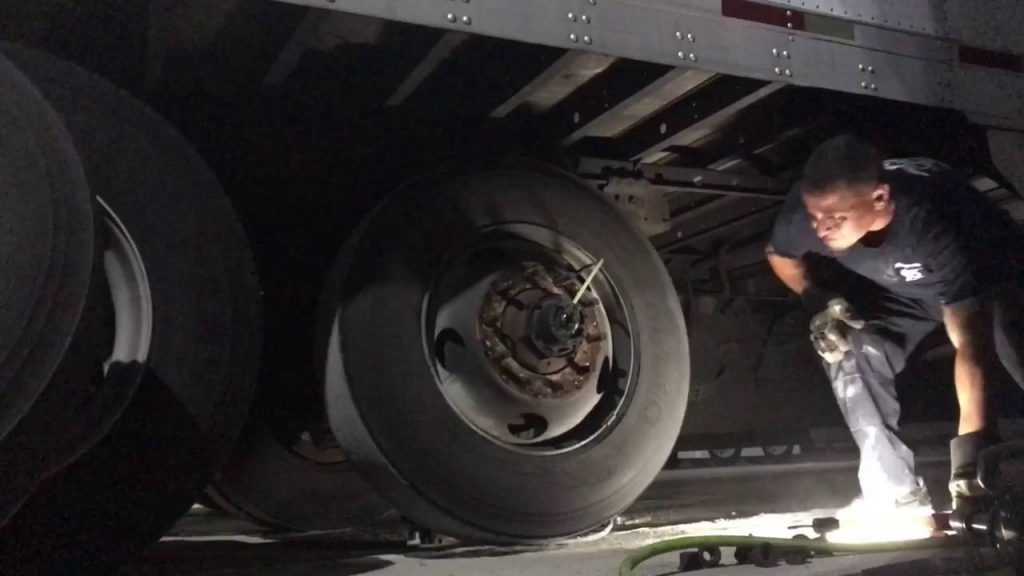
Expiration date is the period during which the company guarantees the possibility of using the product for its intended purpose and is fully responsible for defects that arose through its fault.
When buying tires, you need to make sure that no more than three years have passed from the moment of production. The date of manufacture and any other information is very easy to find out, it is indicated on the tire label among the general information about dimensions, design, speed and load ratings.
Tire production date
Russian legislation establishes the service life of car tires under warranty in accordance with GOST 4754-97 and GOST 5513 - 5 years from the date of manufacture, but for tires, first of all, the main indicator is the quality of the product, not time its use.
According to GOST, the average tire life should be calculated in the following order:
 This is how high-speed options are designated, these products can be used at speeds over 240 kilometers per hour. The product must fully retain its properties for 6 years.
This is how high-speed options are designated, these products can be used at speeds over 240 kilometers per hour. The product must fully retain its properties for 6 years. Experts recommend replacing tires before they reach their expiration date. Some motorists believe that rubber is suitable if it is rarely used, and at the same time its age is already 5-6 years old, but this is an erroneous opinion! Indeed, due to the fact that defects appear in tires during operation and storage, they are associated with its oxidation and cracking - at a critical moment, it can let you down.
Shelf life is a certain period during which the product, subject to the established rules of storage and operation, must retain all its properties. If the shelf life has expired, this does not mean at all that the product is unsuitable for use, but its technical characteristics may decrease.
Tires can age through physical and chemical processes, this hypothesis applies to tires that are not used or little used. To prevent the aging process itself, special substances are added to the rubber compound that help counteract harmful chemical compounds with oxygen and ozone. Doing so will ensure that, when stored properly, the tire will meet the definition of a new tyre.
It should be noted that the warranty shelf life is not the service life of . The storage period for five years is set, not because the tire will deteriorate after that, but because, according to the law, the manufacturer does not have the right to establish a shorter warranty period, which is protection for the end user.
In recent years, many American experts believe that the shelf life and operation of car tires should be limited to 10 years. In turn, German experts believe that the expiration date of tires should be limited to 6 years, this also applies to new tires.
Rules and regulations for the storage of pneumatic tires according to GOST 24779-81:

For a complete list of rules and recommendations for proper tire storage, see the article “How to store car tires”.
Well-known brands of imported tires, such as: Bridgestone, Michelin, Goodyear and Dunlop last up to 10 years or more from the date of manufacture, this period is considered generally accepted throughout the world. But the total shelf life and storage in the warehouse, from the date of issue, tires Continental is no more than 5 years.
But the total shelf life and storage in the warehouse, from the date of issue, tires Continental is no more than 5 years.
Although, as we have already figured out, the storage conditions of tires mean a lot, not only new ones, but also those that were removed from the car until the next season. For example, nokian tire expiration date ranges from 3-5 years, subject to verification at least 1 time per year, after 5 years of use.
Unfortunately, the legislation does not establish the permissible storage periods for tires in a warehouse, but experts believe that a tire that has lain there for about 5 years is still equal to a new one.
The tire life of a vehicle is the length of time the manufacturer warrants the tires and takes full responsibility for any defects found during use. According to manufacturers, tires should last at least ten years, although in practice they have to be replaced approximately every 5-6 years, in some cases even less.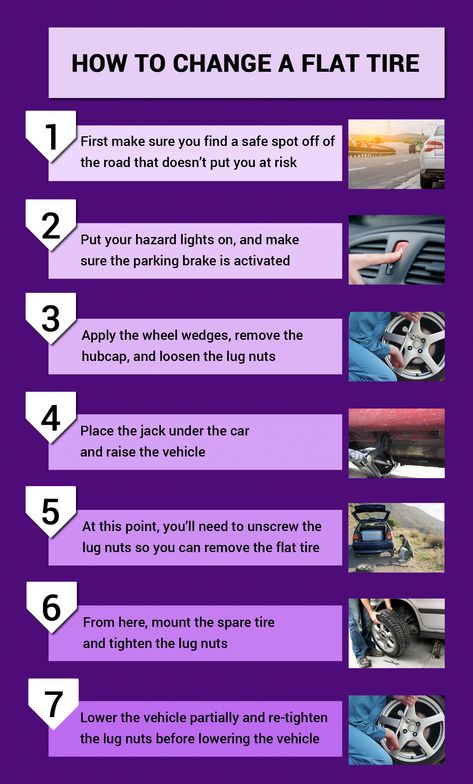
There are many different factors that affect the wear of car tires, the main ones are listed below:
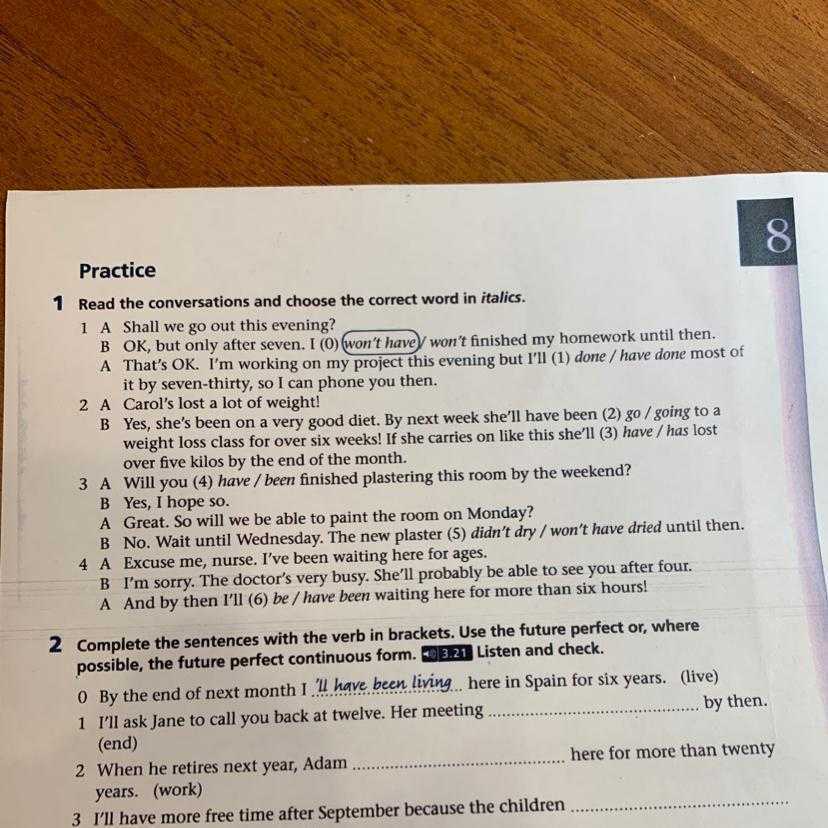
Next, we will take a closer look at the instructions for certain actions that need to be taken in case of wear on car tires.
When diagnosing tires, in addition to the fact that it is imperative to pay attention to the degree of wear, there are also other equally important factors indicating the end of the service life.
In order to determine when the life of car tires ends with a detailed inspection, you need to pay attention to the following points:

When any defects were noticed in the tires, it is recommended to carry out a replacement, and not a rescue restoration, in order to somehow extend the period of use.
To prolong the life of car tires, you need to periodically diagnose them.
In order to make your tires last longer, you need to follow certain rules of use:
 This is because uneven tire pressure results in uneven tread wear. If the internal pressure is reduced by 10%, then this can lead to a 10-15% reduction in tire life. If the pressure is increased, then the wear also increases, but 2 times less than in the reduced one.
This is because uneven tire pressure results in uneven tread wear. If the internal pressure is reduced by 10%, then this can lead to a 10-15% reduction in tire life. If the pressure is increased, then the wear also increases, but 2 times less than in the reduced one. Since there is always more wear on the front (driving) wheels, then every 10-15 times. thousand or at the time of changing seasonal tires, it is advisable to change it in places.
Swapping front tires to rear tires
Scheme of swapping 5 car wheels
Please note that although there are tires with a directional and non-directional pattern, you still cannot change the direction of rotation of the wheel. And in the second option, the front wheels must be reboarded before being installed back.
It is necessary to check if the tires are installed correctly in relation to the rims, which is usually indicated on the sidewalls of the tires, this is important, since if the tires rotate in the opposite direction to the design, all their performance will be significantly reduced in all modes of operation of the car.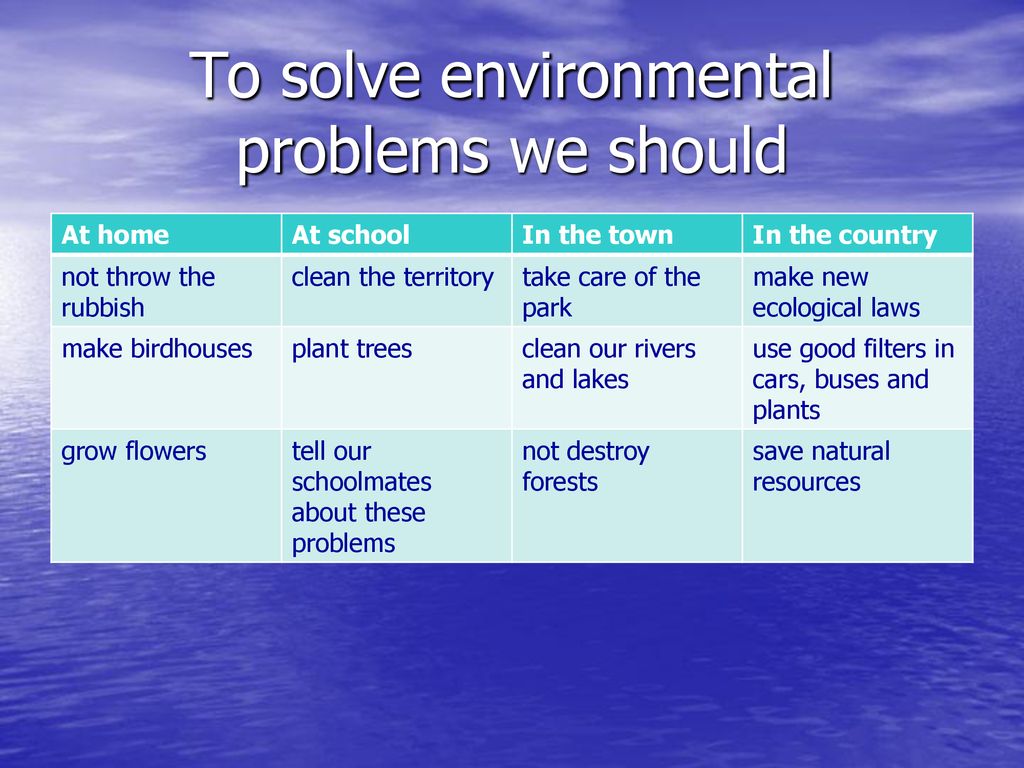
Non-directional tire replacement scheme
All-wheel drive tire replacement scheme
